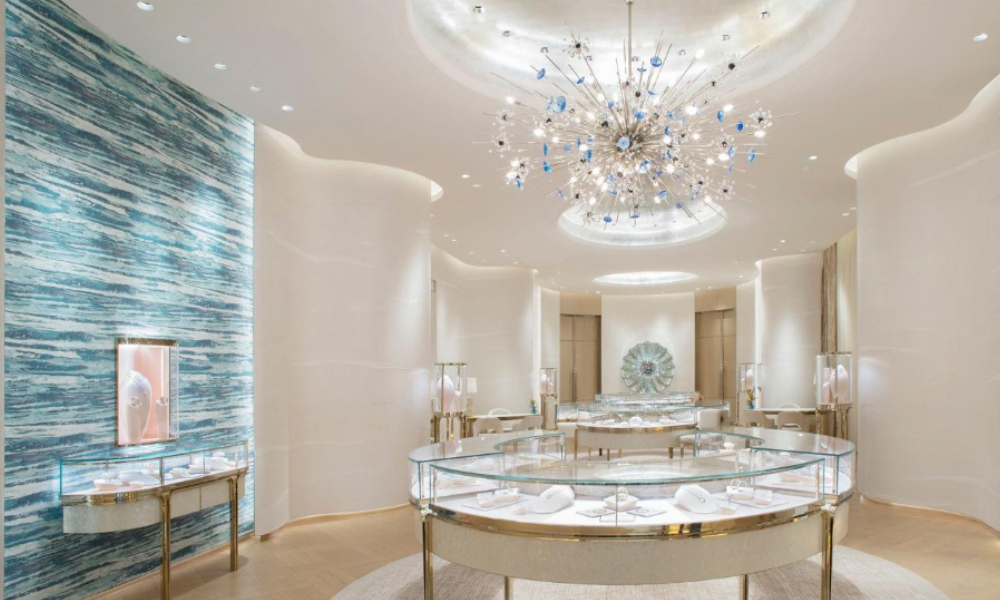The global jewellery landscape is today a fertile ground of cultural fusion. From prominent high-end stores like Bergdorf Goodman, which curate their jewellery collections, to the bustling gold markets of Mumbai, Indian and American jewellery brands are no longer operating in separate spheres—one can see a cross-pollination of aesthetics creating a new vocabulary of adornment.
Top Indian design brands like Amrapali, Munnu — The Gem Palace, Studio Renn, Sabyasachi Mukherjee, and VAK, among others, have become fixtures in one of the world’s most prestigious retail destinations—a recognition that Indian jewellery design has evolved into a global force that American luxury consumers are eager to embrace.
The carved gemstones, fancy-cut and uncut diamonds, intricate goldwork, and maximalist forms that define traditional Indian jewellery are now influencing how American consumers think about luxury adornment.
American designers are increasingly incorporating uncut (polki) and rose-cut diamonds in their minimalist and contemporary jewellery lines.
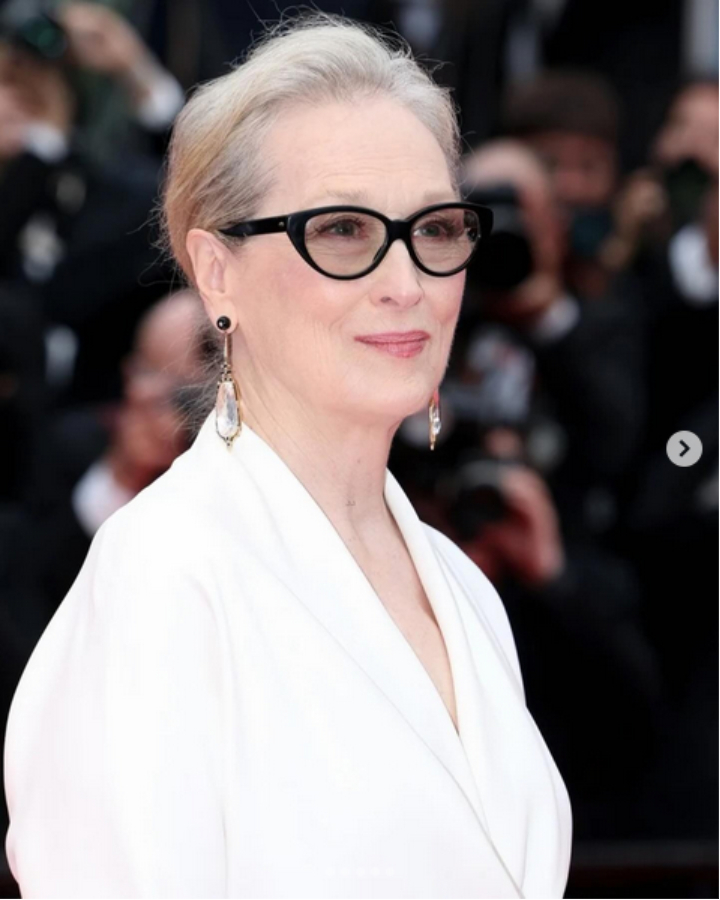
Not just stores, but lately, even American celebrities have been sporting jewels by Indian designers. For instance, Rihanna wore a layered necklace from Sabyasachi and a choker from Manish Malhotra at an event; Meryl Streep chose Hanut Singh’s earrings at Cannes; and Goldie Hawn paired her gown with a statement necklace from Sabyasachi High Jewellery at the Oscars 2025.
The American Footprint in India
Meanwhile, a parallel narrative is gradually unfolding in India. American jewellery brands are establishing significant footholds in India’s rapidly expanding luxury market. Tiffany & Co. has been expanding its presence in major Indian cities, recognising that the country’s growing affluent class represents one of the world’s most important jewellery markets.
The clean lines of American modernism, the architectural approach to jewellery construction, and the emphasis on wearable luxury for everyday occasions—these are concepts that resonate with younger Indian consumers who are redefining what Indian jewellery means in their lives.
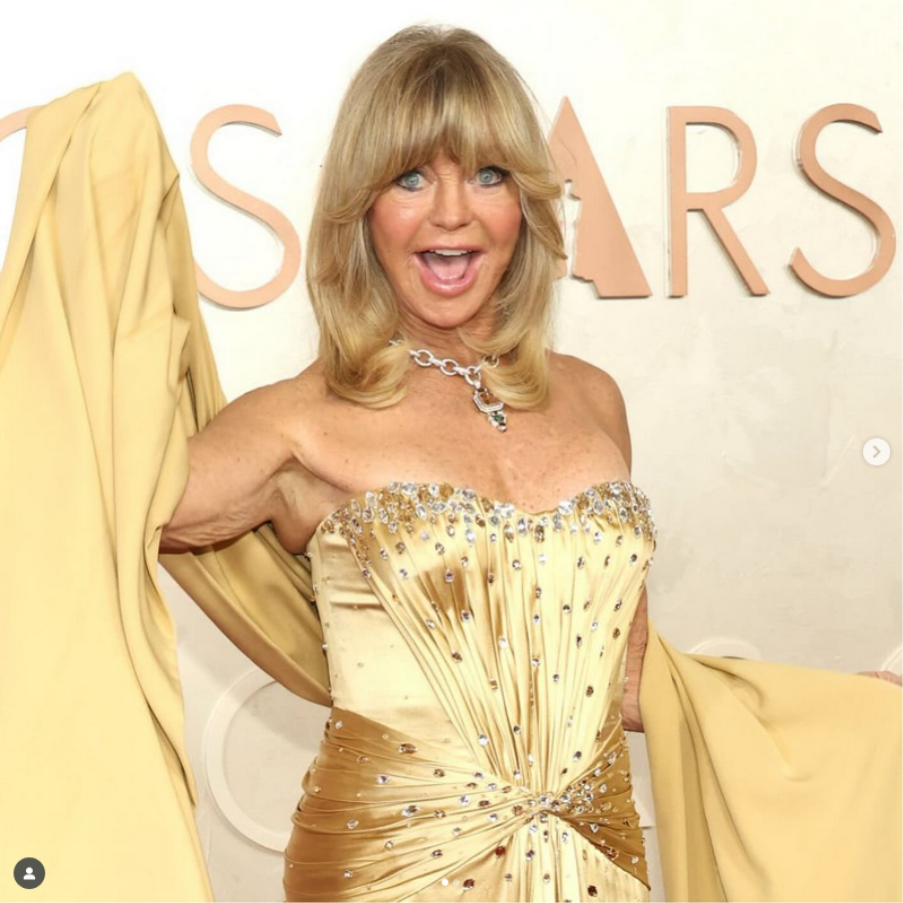
Indian Brands Go Global
Indian jewellery retailers are no longer content with domestic dominance. Tanishq, the Tata-owned jewellery brand, has been steadily expanding its international presence with stores in the US and plans for further global expansion. Malabar Gold & Diamonds has been even more aggressive in its international expansion, with its stores in the United States catering not just to the Indian diaspora but increasingly to American consumers drawn to the craftsmanship and distinctive aesthetic of Indian jewellery. The brand has successfully translated traditional Kerala goldsmithing techniques into retail experiences that feel accessible to global audiences.
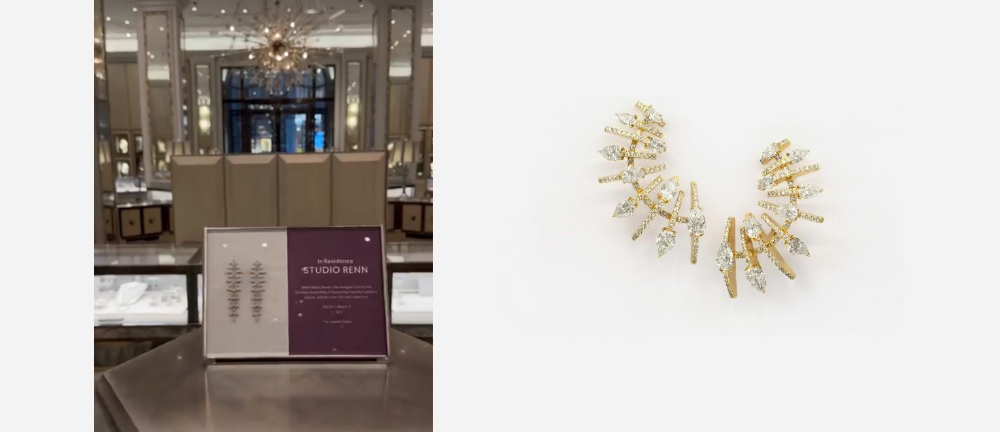
Design Dialogues
What’s most fascinating about this co-existence isn’t competition but cross-pollination. American brands operating in India are learning to embrace colour, ornamentation, and the emotional storytelling that Indian jewellery embodies. Their collections are becoming more layered, more textural, and contemporary in form.
Indian designers showing in American markets, meanwhile, are discovering the power of restraint, the elegance of negative space, and the versatility of pieces that can transition from traditional ceremonies to contemporary wardrobes. The result is jewellery that feels neither purely Eastern nor purely Western, but truly global.
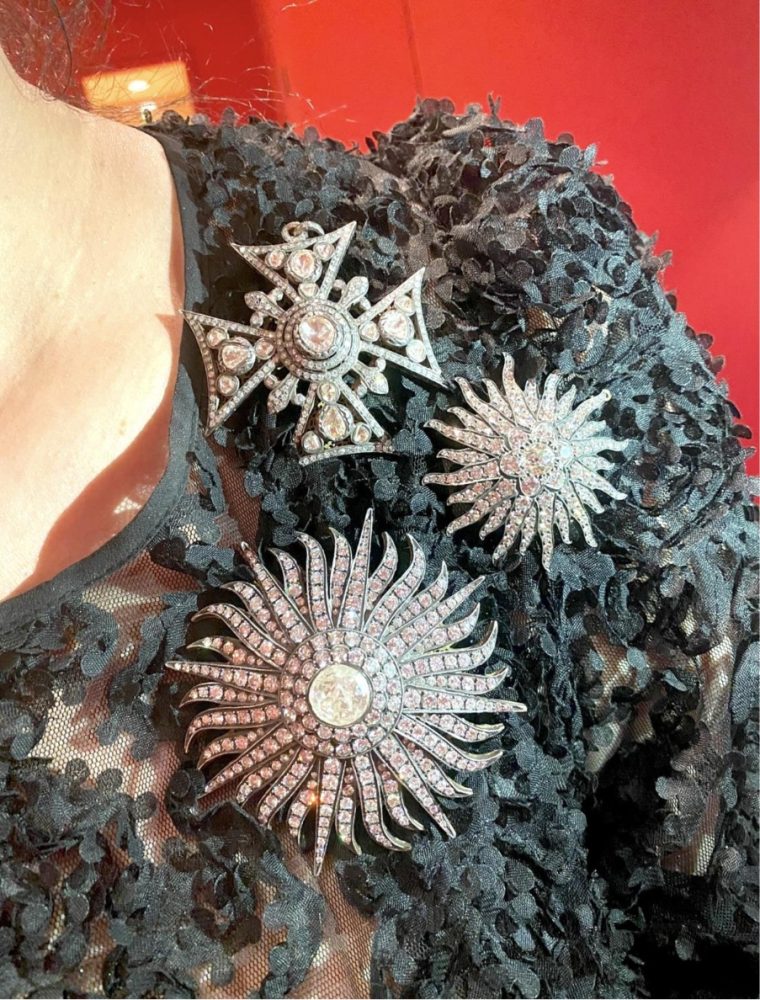
The Consumer at the Centre
The new global jewellery consumer is not bound by geography. The Indian woman working in San Francisco wants pieces that honour her heritage but align with her contemporary lifestyle. The American collector drawn to maximalist design finds in Indian jewellery an alternative to the minimalism that has dominated Western fine jewellery for decades. The young Indian professional in Mumbai wants the timeless sophistication of a Tiffany solitaire alongside the traditional gold bangles from her heirloom.
This consumer is design-literate, culturally fluent, and wants jewellery that spans continents.
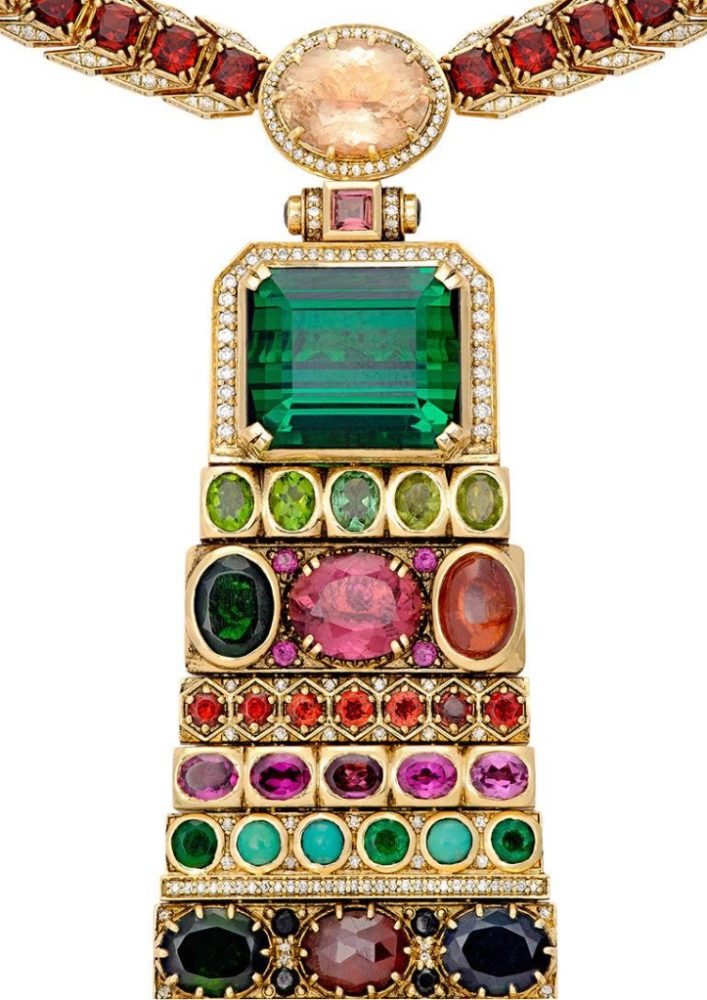
Looking Forward
As Indian brands continue their global expansion and American brands deepen their presence in India, we’re witnessing the emergence of a truly global jewellery aesthetic.
The future of jewellery design isn’t about Indian brands becoming more Western or American brands adopting superficial Indian motifs. It’s about a genuine exchange where the best of both traditions—Indian craftsmanship and maximalism, American innovation and wearability—come together to create something entirely new.
In the gleaming cases of Bergdorf Goodman and the expanded showrooms of Tanishq alike, we’re seeing not just products for sale, but the visible evidence of a world growing more interconnected!

